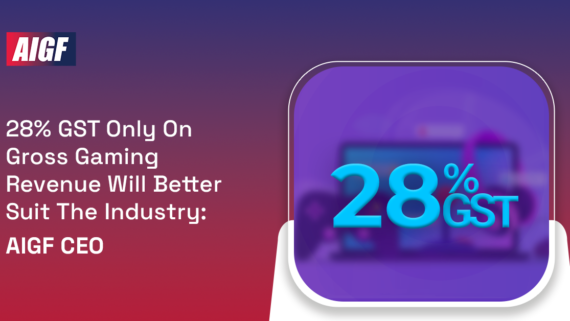Many children simply need to get better at a game and learn new procedures from a “specialist.” They could utilize a video as a walkthrough that assists them with moving beyond a troublesome segment of the game. Kids use a lot of cognitive energy contemplating their gameplay and need to figure out how to do things themselves, much like they would watch videos of individuals moving, skating, or doing bicycle tricks, so they can figure out how to do those equivalent moves and tricks.
Why Kids Love Watching People Play Video Games on YouTube
Many guardians are mentioning a perplexing observable fact: their kids appear inclined toward watching videos about their number one video games as opposed to playing those games.
Children are spending their whole time watching “Let’s Play” videos, which are described as videos of others’ ongoing gameplay that are sprinkled with humor and individual perception.
Let’s Play videos have been among the most-watched videos on YouTube in 2015, and numerous grown-ups are justifiably confused about why children would need to watch another person play a video game as opposed to playing it themselves. All things considered, however, the phenomenon is the same as watching somebody play golf, tennis, poker, or some other professional game on TV. It is for this very reason, nonetheless, that guardians have an authentic worry about how long their children spend watching these videos.
For what reason do kids cherish these videos?
Kids appreciate watching Let’s Play recordings for a lot of reasons:
Skill boost
Many children simply need to get better at a game and learn new procedures from a “specialist.” They could utilize a video as a walkthrough that assists them with moving beyond a troublesome segment of the game. Kids use a lot of cognitive energy contemplating their gameplay and need to figure out how to do things themselves, much like they would watch videos of individuals moving, skating, or doing bicycle tricks, so they can figure out how to do those equivalent moves and tricks. Fostering mastery and working on a bunch of skills is normal and comprises a desire for self-awareness.
Social association
There is additionally a social component to Let’s Play videos. Kids share these videos with their friends and regularly watch and talk about them when they are together. Few children watch these videos since they can’t bear to purchase the game or because it is rated M and their folks won’t allow them to play it; they can watch others doing as such on YouTube and hence stay tuned in with their friends.
Entertainment
The most well-known reason kids watch Let’s Play videos is that they are engaging. The value of the diversion is not only in the game itself but also in the person who created the video. Children might be drawn to the charisma of a specific YouTuber and feel as though that individual has turned into their friend. They get to know their personality and anticipate the fascinating things that YouTubers are doing in their videos and may even buy into their channel. The most famous YouTubers are entertaining and receptive to their crowd. Many children feel especially connected if they say something and receive a response from a YouTuber they follow. Well-known Minecraft YouTuber Stampy has a “Love Garden” where he includes children’s entries.
What to watch out for
While watching Let’s Play videos can assist a kid with deciding whether she may be keen on a specific game or reflect a desire to work on her abilities, it is regularly an extremely inactive activity. It is more like watching TV than drawing in one’s mind in the cognitively difficult cycle engaged with playing the most famous video games. Thus, limits on watching Let’s Play videos might be more similar to limits on TV screen time than those for video gameplay.
Furthermore, parents ought to know about the content of the videos their children are watching. YouTubers who make these videos may use vulgar language or make inappropriate physical contact with young children. PewDiePie has the most famous channel on YouTube and is known to use questionable language.
Guardians can utilize the new YouTube Kids application and an assortment of others, alongside recommendations from sites, to assist more youthful children with observing Let’s Play recordings that are appropriate for their age.
Credit: Toca Boca











Comments
Comments are closed.